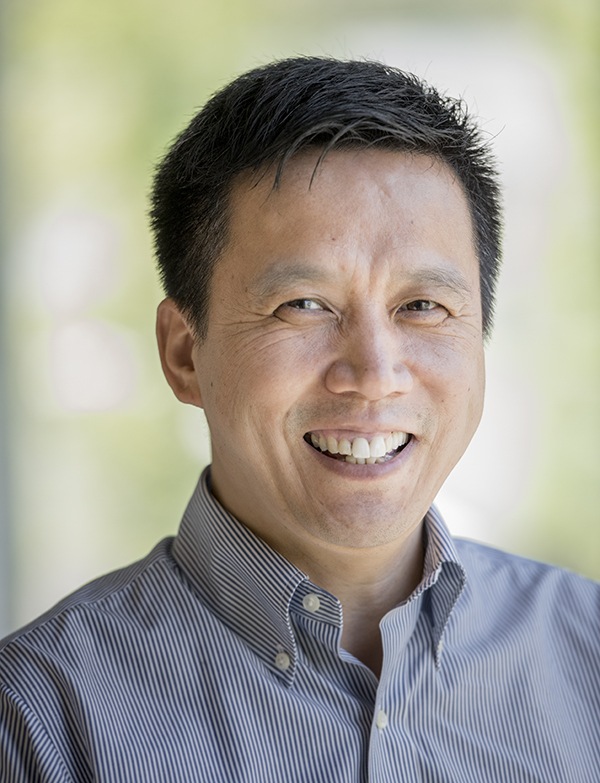
Researchers are learning how to turn regular cells into stem cells, a process called reprogramming. However, some of the mechanisms of the process remain unknown, such as why only a small proportion of the cells can be reprogrammed. Researchers have at least part of the answer: the structure of genes.
“Nobody knows anything about how the 3-D genome structure is reorganized during reprogramming,” said Wange Lu, associate professor at the Eli and Edythe Broad Center for Regenerative Medicine and Stem Cell Research at USC and the Department of Biochemistry and Molecular Biology at the Keck School of Medicine of USC. “But we found out that it is a very important process. If the structure is not established correctly, the cells may cause diseases when they are used later in clinical applications.”
Lu and his team have made a series of discoveries that shed light on the process. Their findings have been published in the July issue of Cell Stem Cell.
The authors chose to examine the structure of the most important gene for stem cell identity, named Oct4. They found that the structure of the gene is different in stem cells compared to other cells. The research further showed that stem cell genome structure is established only in a small percentage of cells before the cells are fully reprogrammed. This suggests building up a stem cell-specific 3-D structure is a prerequisite of generating stem cells.
The researchers observed that the stem-cell-specific organization of the Oct4 gene can facilitate its activation. During reprogramming, the cells that first gain a stem-cell-like structure are much more likely to activate Oct4, which is required for becoming stem cells.
Andrew McMahon, director of the stem cell center, praised Lu’s work. “Dr. Lu’s study adds an exciting new dimension to the organization and interaction of genes in the nucleus regulating the actions of stem cells,” he said.
The findings will help build a foundation of further studies, Lu said. “Knowing the 3-D structure is only the first step of understanding the property of stem cells. Future studies will lead to protocols which can alter the structure and manipulate the cell fate outside the human body for therapeutic applications.
“If you understand how the mechanism works, especially the 3-D structure in pluripotent stem cell biology and reprogramming, you have the key to the future of regenerative medicine,” he said.
